Hello, everyone. My name is Daichi, an expert providing the information about the radiation issues in an easy-to-understand manner.
With regard to the volume reduction and recycling of removed soil, which have been promoted by the national government, in this article, it was briefly explained that the International Atomic Energy Agency (IAEA) had reviewed the activity.
On September 10, 2024, the IAEA handed over the final report to the then-Minister ITO, which summarizes the contents of discussion during the IAEA Experts Meetings and the report was published at this website.
You can also access the final report including its summary in this MOE’s website (in Japanese).
In this and the following articles, the contents of the report will be elaborated based on my own understanding and perceptions.
As a start, the background of implementation of the Experts Meetings will be covered.
In other words, this article will respond to the following questions:
– What is the IAEA Experts Meeting for the volume reduction and recycling of removed soil arising from decontamination activities?
– Why were the IAEA Experts Meetings held?
Table of contents of this article
- IAEA Final Report on Recycling of Removed Soil etc. Arising from Decontamination Activities (Vol. 1)
- What is the IAEA Experts Meeting?
- Background of the IAEA Experts Meeting
- Scope of the IAEA Experts Meeting
- Three IAEA Experts Meetings held
- The first Experts Meeting
- The second Experts Meeting
- The third Experts Meeting
- Member of the IAEA Experts Meeting
- Summary
I have been involved with the radiation-relevant issues, like the policy on the decontamination activities and the management of the Interim Storage Facility, after the accident of the Fukushima Daiichi Nuclear Power Plant in 2011.
I received a doctorate in the field of radiation, while working in Fukushima.
IAEA Final Report on Recycling of Removed Soil etc. Arising from Decontamination Activities (Vol. 1)
First, let me explain in sequence, background, scope and three meetings held, referring to the final report itself, to let you understand what the IAEA Experts Meeting is.
What is the IAEA Experts Meeting?
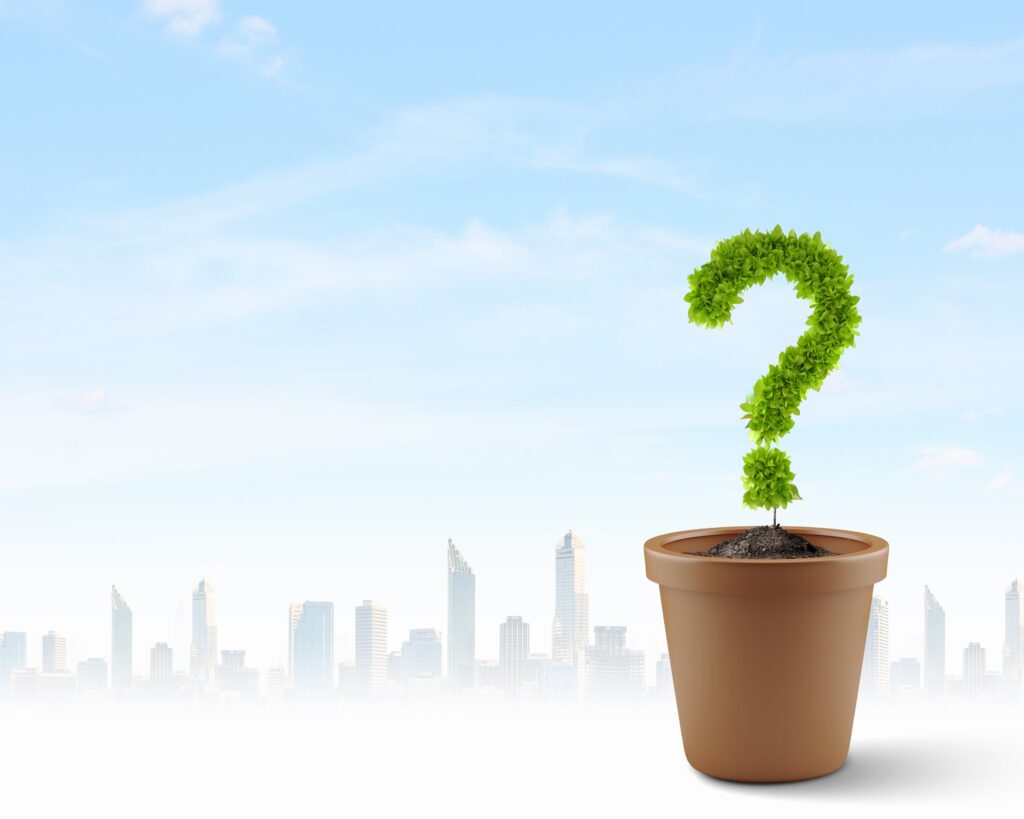
To put is simply, the IAEA Experts Meeting means, in this context, a process in which IAEA officials and experts selected by the IAEA (the team of experts) provide advice and assessments to the policy for the recycling and volume reduction of removed soil etc., which has been promoted by Japan (mainly the national government, especially the Ministry of the Environment (MOE)) after the accident of the Fukushima Daiichi Nuclear Power Station.
The advice and assessments have no binding force, but they are provided from an international and objective perspective, therefore the recipient (in this case the MOE) is expected to respond sincerely to them.
Background of the IAEA Experts Meeting
Presumably there could be further preparation processes, but according to the final report, there was a request from the MOE to the IAEA for the implementation of the Experts Meetings in October 2022.
With regard to the review by the IAEA for the remediation activities, a mission for the off-site environmental decontamination activities took place in 2011 (the report can be seen in this IAEA website), and its follow-up mission took place in 2013 (the report can be seen in this IAEA website).
In addition, 4 Experts Meetings between the MOE and the IAEA were held in 2016 and 2017, (the report can be seen in this IAEA website).
These missions and the Experts Meetings, however, mainly focus on off-site decontamination activities.
In contrast, in the latest IAEA Experts Meetings, volume reduction and recycling of removed soil were focused on and discussed, also taking account of progress of whole environmental restoration projects.
Efforts on volume reduction and recycling of removed soil, as covered in this article, have been basically promoted based on the Technology Development Strategy for Volume Reduction and Recycling of Removed Soil and Waste under Interim Storage (Technology Development Strategy), and its achievements are supposed to be compiled by March 2025, so while keeping the schedule in mind, assessments and advices from the IAEA could have been required at this time.
Scope of the IAEA Experts Meeting
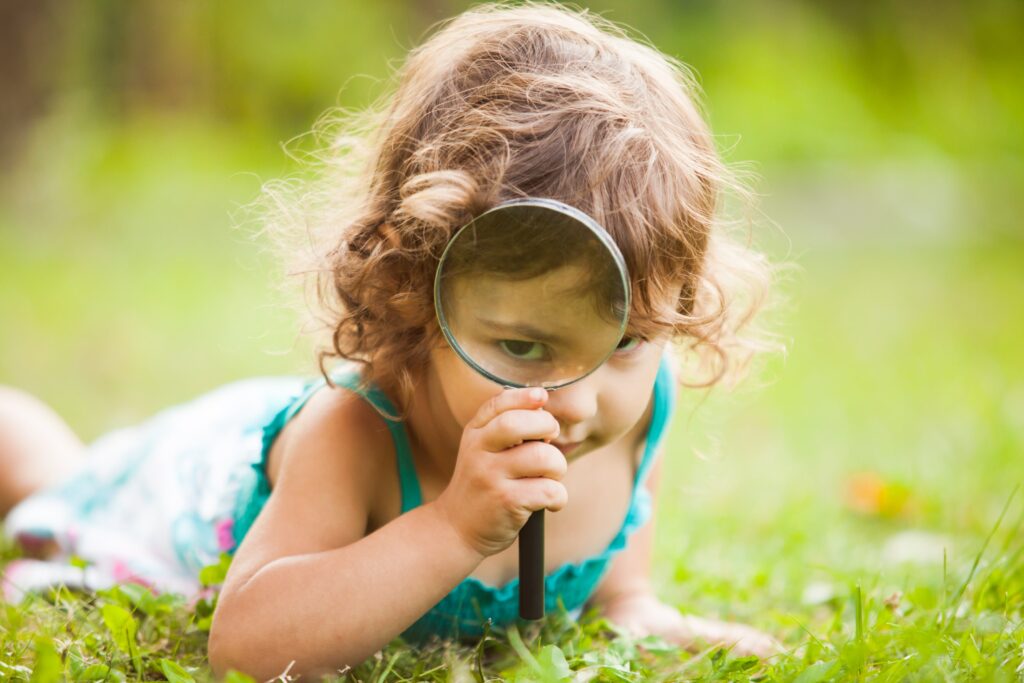
According to the final report, in the meetings, in addition to the current status of volume reduction and recycling of removed soil as well as progress of the Technology Development Strategy, the following points were discussed.
– Technological viewpoints (e.g., safety, methodology, criterion of recycling, quality control, maintenance of structures, monitoring)
– Social viewpoints (e.g., communication with the public and promotion of public awareness)
I think it was meaningful that discussions were made not only based on technological viewpoints like radiological safety, but also based on social viewpoints, like people’s understanding and reassurance for this project.
In addition, in the agenda of the meeting, site visits to the Interim Storage Facility and demonstration projects in the Nagadoro District, which were covered in this article, as well as opportunities to exchange views with relevant mayors and residents.
IAEA officials usually discuss with government officials and experts from other countries in meeting rooms, so it could have been good for the team of experts to have opportunities to visit actually sites and exchange views with administrative officers and residents, who have been involved with the projects.
Three IAEA Experts Meetings held
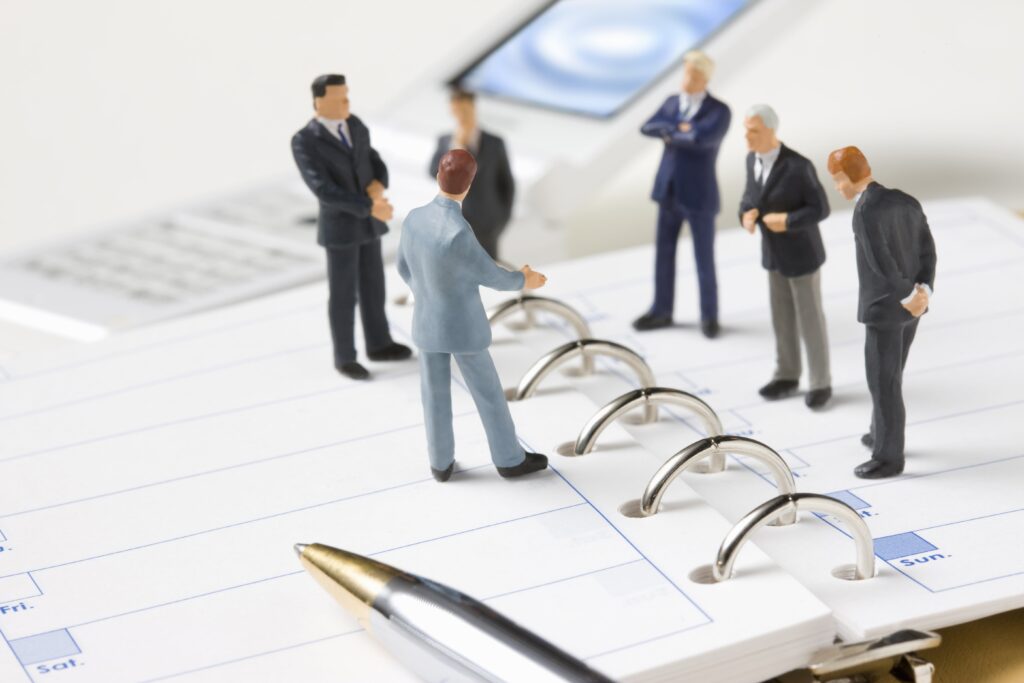
The Experts Meetings were held in total three times in FY2023.
Although the MOE provided the IAEA with materials in advance before the meetings, to help the team of experts understand better, but agenda etc. of each meeting will be briefly explained in the following parts.
The first Experts Meeting
The first Expert Meeting was held in Japan during May 8-12 in Japan.
The summary report which summarized discussion was published on Sep 1, 2023(The summary report can be accessed in this IAEA website, but also can be accessed in this website (in Japanese), including the report fully translated into Japanese).
According to this summary report, during the first Experts Meeting, in Tokyo (Kasumigaseki), the following topics seem to be discussed, for example:
– Current status of the Fukushima environmental restoration project
– Stakeholder involvement & communication
– Rationale for radioactivity concentration of 8,000 Bq/kg for the managed recycling
removed soil
– Strategy for volume reduction and recycling
In addition, the following opportunities were given in Fukushima.
– Courtesy visit to the Regional Environmental Office in Fukushima
– Courtesy visit to the mayor of Iitate Village
– Site visit to the demonstration project site for the environmental restoration in Nagadoro District, Iitate Village
– Exchange of views with residents of the Nagadoro District
– Courtesy visit to the mayor of Futaba Town
– Courtesy visit to the mayor of Okuma Town
– Site visit to the Interim Storage Facility
– Site visit to the Great East Japan Earthquake and Nuclear Disaster Memorial Museum
(Each event is placed according to the order of visits.)
During the first Expert Meeting, safety of the managed recycling project was discussed, but simultaneously plenty of time was spent for visits to project sites in Fukushima, as well as discussion with people who have been locally involved with the managed recycling projects.
Experiences obtained in Fukushima are touched upon in the various parts in the final report, so I guess that the visit was a very meaningful opportunity for the team of experts.
The second Experts Meeting
The second Experts Meeting was held during October 23-27, 2023, in Austria.
In addition to in-person, face-to-face participation, MOE officials seemed to join on-line from Japan.
The summary report, which compiles discussion during the meeting, was published on January 12, 2024(The summary report can be accessed in this IAEA website, but also can be accessed in this website (in Japanese), including the report fully translated into Japanese).
As explained in this article, the IAEA headquarters are located in Vienna, capital city of Austria, and the meeting seemed to be held mainly in a meeting room in the headquarters.
Main agenda included the followings:
– Progress after the first Experts Meeting
– Regulatory aspect (institutional arrangement of the managed recycling)
– Clearance measurement
– Communication and stakeholder engagement
– Final disposal
In addition, during the meeting period, participants went to Seibersdorf located in the suburbs of Vienna, to visit the soil separation facility of low-level radioactive waste.
As long as I know, the Experts Meetings and missions are usually held in the Member States, which requested for their implementation, and I have hardly heard that they are held in the headquarters in Vienna.
This meeting could have been held in Vienna to have an opportunity to visit a specific site of other than Japan, taking account of the fact that site visits were held in Fukushima during the first meeting.
The third Experts Meeting
The third Experts Meeting was held during February 5-9, 2024, in Japan.
No summary report was developed for the third Experts Meeting, but instead the final report compiling the discussions of all first, second and third meetings was published.
As mentioned at the beginning of this article, the final report can be accessed in this IAEA website, and this MOE’s website (in Japanese) with its summary as well.
The third meeting was the last meeting toward the development of the final report, and there seemed to be no site visits, but the following topics were discussed:
– Progress after the second Experts Meeting
– The managed recycling
– Final disposal and technology development
– Stakeholder engagement
– Session with stakeholders relevant to the reconstruction of Fukushima
– Consistency with the IAEA Safety Standards
Agenda of the meeting apparently is almost same with the structure of the final report, therefore presumably the direction of the discussions had been gradually fixed.
Member of the IAEA Experts Meeting
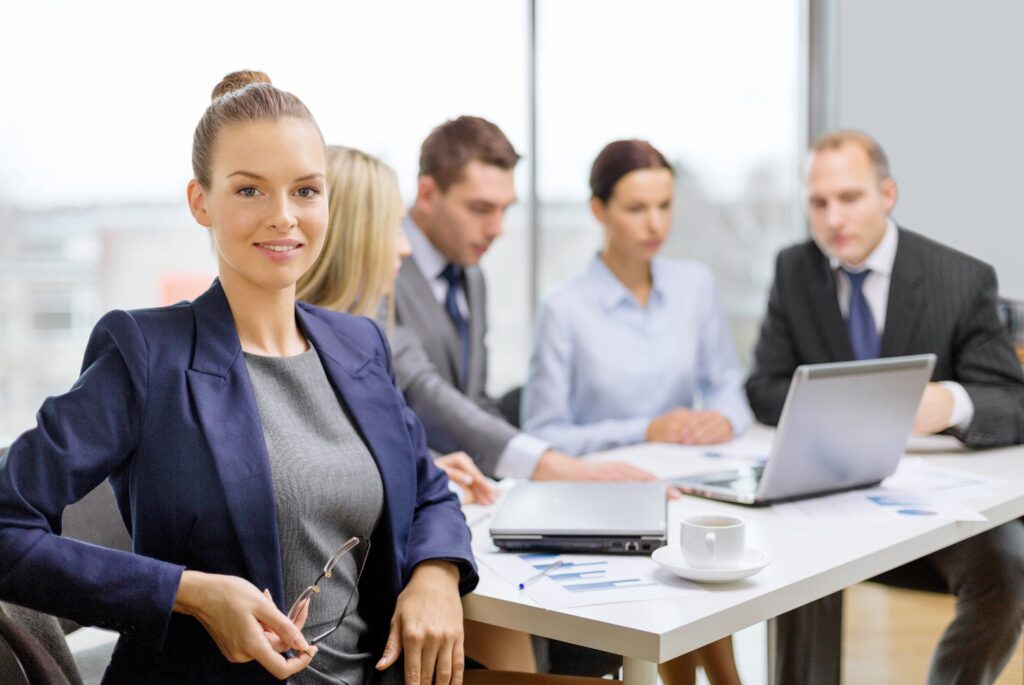
According to the materials in this MOE’s website (in Japanese), the members of the team of experts during the third Experts Meetings were as follows:
– Ms. Anna Clark: Head of the Waste and Environmental Safety Section
– Mr. Gerard Bruno: Head of Radioactive Waste and Spent Fuel Management Unit
– Mr. Vladan Ljubenov: Head of Decommissioning and Remediation Unit
– Ms. Chantal Mommaert: Remediation Specialist, Decommissioning and Remediation Unit
– Ms. Mathilde Prevost: Coordination Officer, Radioactive Waste and Spent Fuel Management Unit
– Mr. Jon Richards: Regional Radiation Expert & Remedial Project Manager, Environmental Protection Agency (EPA), US
– Mr. Ray Kemp: Member of UK Committee on Radioactive Waste Management (CoRWM) and UK Committee on Medical Aspects of Radiation in the Environment (COMARE), UK
– Ms. Shelly Mobbs: Chief Expert in Radiological and Environmental Protection (past Director), Eden Nuclear and Environment Ltd, UK
– Mr. Jörg Feinhal: (Former) Head of Unit, Radiation Protection and Radioactive Waste Management, DMT GmbH & Co.KG, Germany
– Mr. Tadashi Inoue: Research Advisor to Central Research Institute of Electric Power Industry (CRIEPI), Japan
With regard to the IAEA, officials of the Waste and Environmental Safety Section, Department of Nuclear Safety and Security, which is involved with the development of the IAEA Safety Standards, are responsible for the project (Please refer to this article for the organization structure of the IAEA).
Members of the team of experts are selected by the IAEA, and experts from US and European countries, who have abundant experience in the field of the management of radioactive waste, provided advice on MOE’s approach (although there seemed to be a change of some members in the middle).
Summary
In this article background, scope of discussion, three Experts Meetings held and the team of experts were covered.
In the next onward articles, details of the contents of the final report will be elaborated.
You can read the same article in Japanese here.
Thank you very much for reading this article.
See you next time!
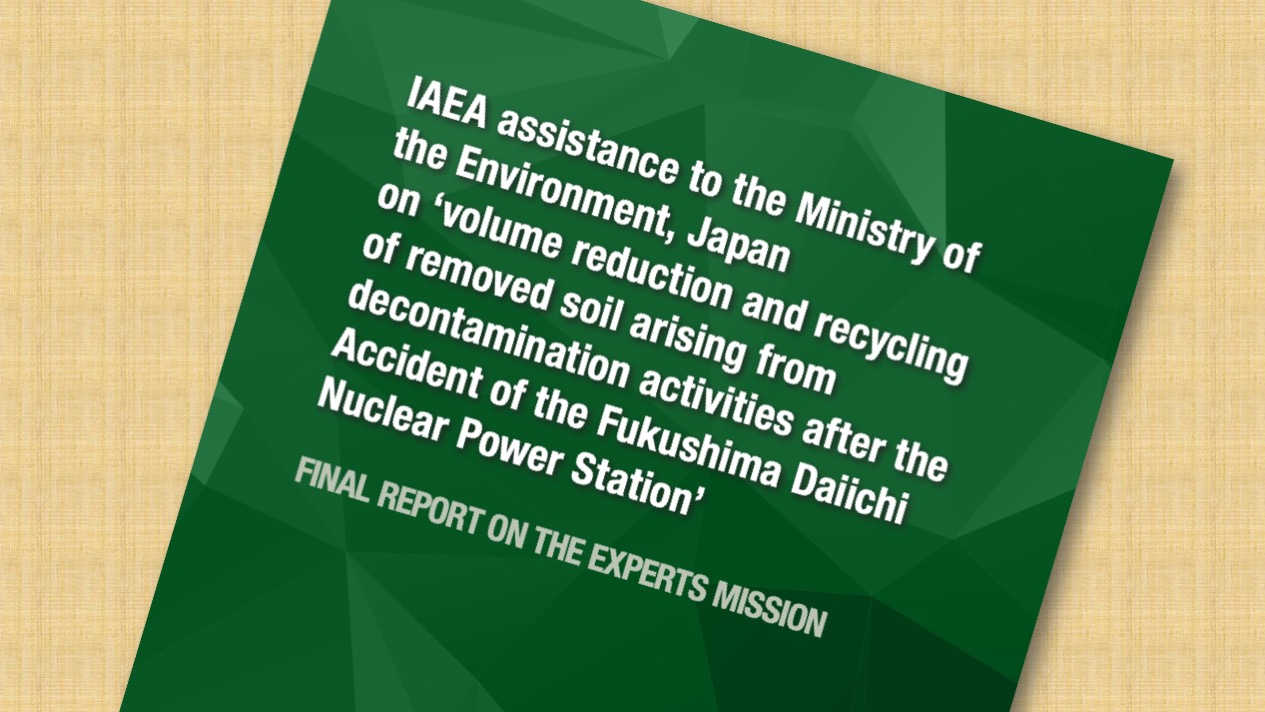


コメント